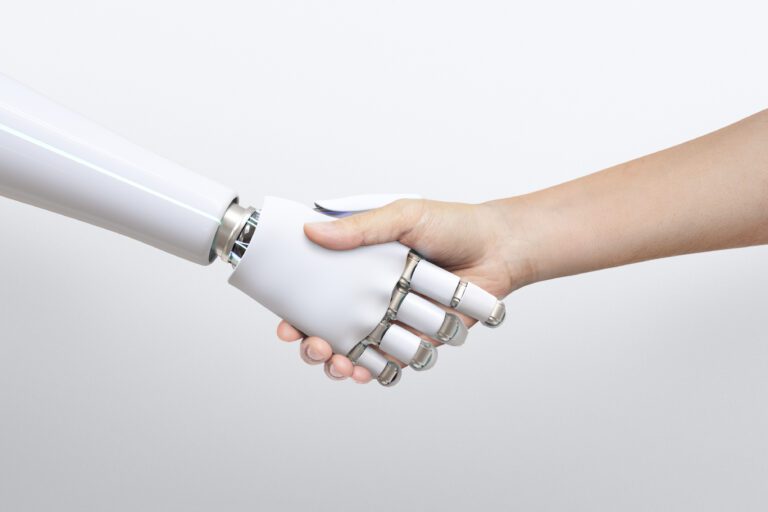1. What is Artificial Intelligence (AI)?
Artificial Intelligence refers to the development of computer systems that can perform tasks that typically require human intelligence. These tasks include learning from experience (machine learning), understanding natural language, recognizing patterns, and problem-solving. AI aims to create machines that can mimic cognitive functions such as perception, reasoning, problem-solving, and language understanding.
2. How Does Machine Learning Differ from Traditional Programming?
Traditional programming involves explicitly instructing a computer on how to perform a task by providing a set of rules and algorithms. In contrast, machine learning is a subset of AI that focuses on developing systems that can learn and improve from experience without being explicitly programmed. Instead of being explicitly programmed for a specific task, machine learning algorithms use data to train and improve their performance over time. Traditional programming is rule-based, while machine learning is data-driven.
3. What Are the Key Components of an AI System?
An AI system typically consists of several key components:
- Data:
- High-quality data is crucial for training AI models. This data can be labeled (supervised learning) or unlabeled (unsupervised learning), depending on the learning approach.
- Algorithms:
- These are sets of rules and statistical models that allow AI systems to perform specific tasks. Machine learning algorithms, such as decision trees, neural networks, and support vector machines, are common in AI systems.
- Model:
- The model is the output of the training process and represents the AI system’s understanding of patterns in the data. It is used for making predictions or decisions.
- Training:
- Training involves feeding the algorithm with labeled data to allow it to learn from examples and improve its performance.
- Inference:
- Inference is the application of the trained model to new, unseen data to make predictions or decisions. It is the operational phase of the AI system.
- Feedback Loop:
- Continuous improvement is achieved through a feedback loop where the model’s performance is evaluated, and adjustments are made based on new data and insights.
- Hardware and Software:
- The computational infrastructure and software frameworks are essential for developing, training, and deploying AI models.
- Ethical Considerations:
- Ethical considerations and responsible AI practices are becoming increasingly important components, addressing issues such as bias, fairness, transparency, and accountability.
These components work together to create AI systems capable of performing a wide range of tasks, from image recognition and natural language processing to playing games and making autonomous decisions.

